Summary of Opinions of BoJ’s September 21-22 meeting reiterated the general stance that ultra-loose monetary policy remains necessary for now. Yet, there was an undercurrent of optimism, with some members seeing achieve of price target “in sight”.
The collective view reinforced that the “sustainable and stable achievement of the price stability target, accompanied by wage increases, has not yet come in sight.” Given this scenario, the summary stressed the necessity to “patiently continue with monetary easing under yield curve control.”
Underpinning the continued focus on wages, one member stated it is “necessary” to uphold the “momentum for wage hikes through continuation of monetary easing.” Also, in order to achieve inflation target of 2 percent in a sustainable manner, it is necessary that “wage increases take root.”
However, amid the cautious tones, rays of optimism emerged. One member opined that “Japan’s economy is getting closer to achieving the price stability target, although there is somewhat of a distance to go.” Providing a potential timeline for evaluating the price stability objective, focus is now on “the second half of fiscal 2023” especially considering the wage growth prospects for 2024.
Furthering this optimism, another viewpoint conveyed confidence, indicating that “Achievement of 2 percent inflation in a sustainable and stable manner seems to have clearly come in sight.” This perspective also hinted at a clearer outcome by “January to March of next year.”
Full BoJ Summary of Opinions here.




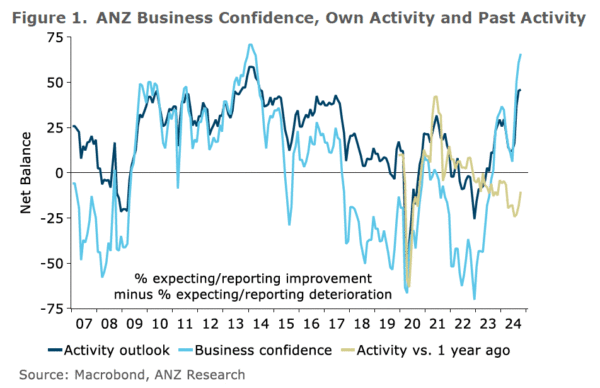
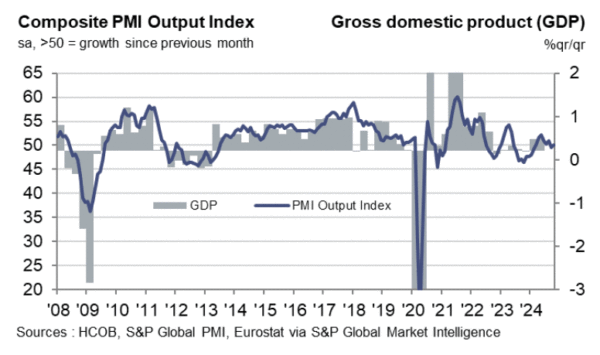
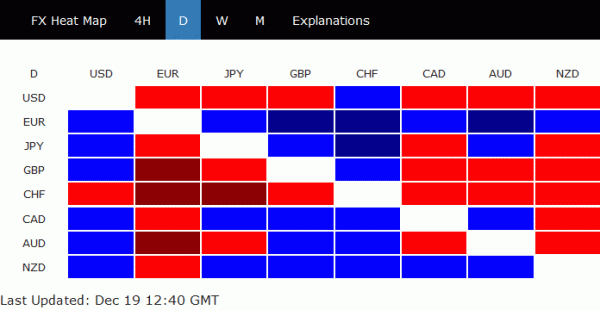
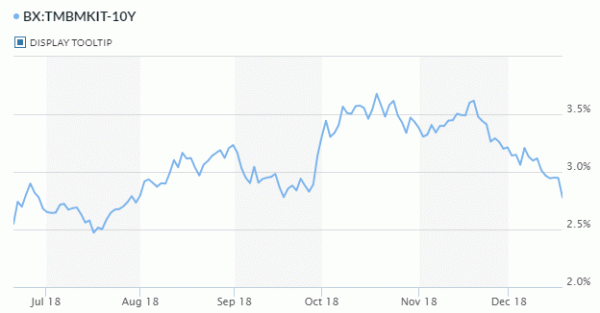
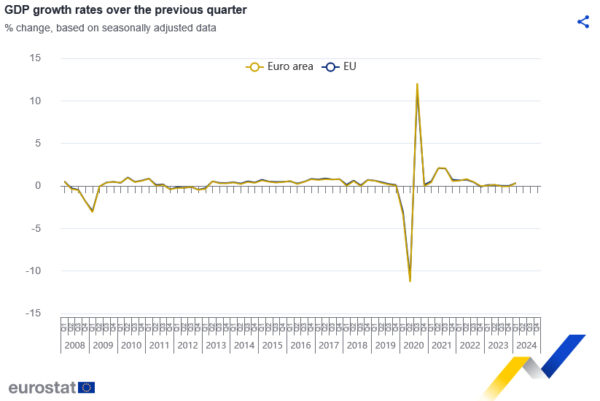
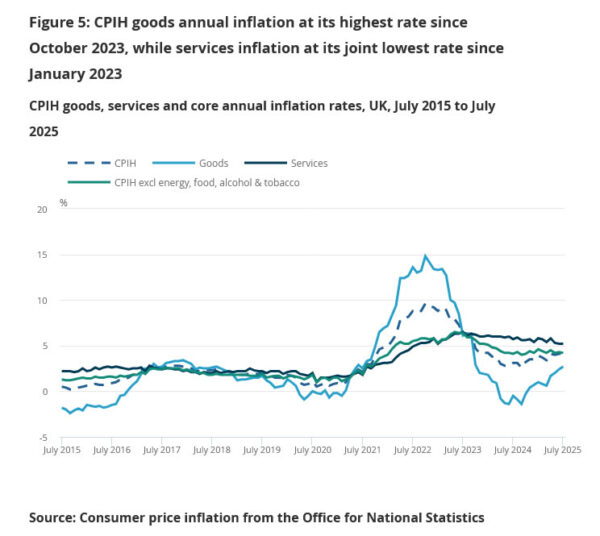
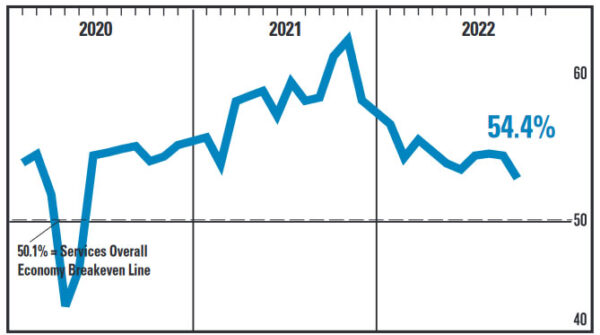
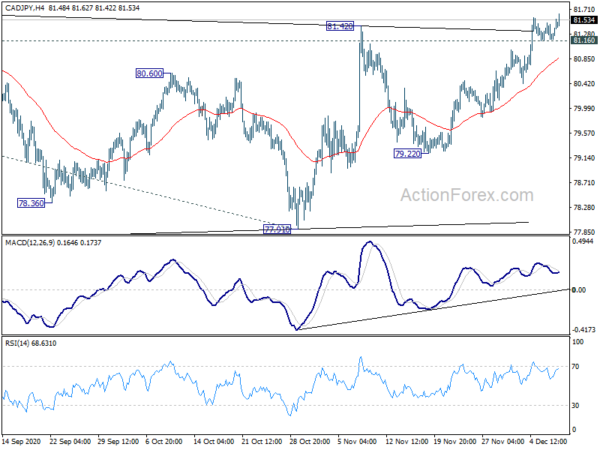
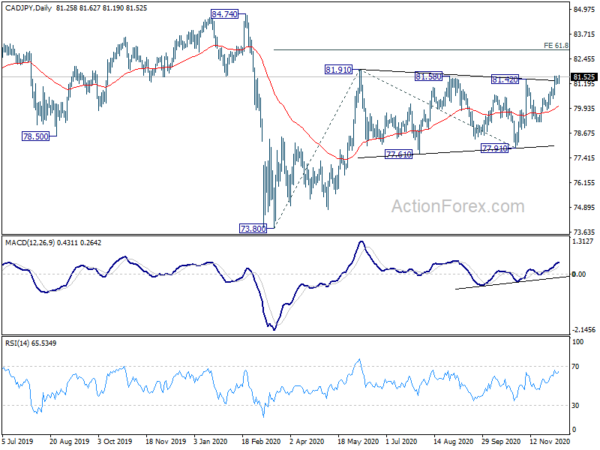

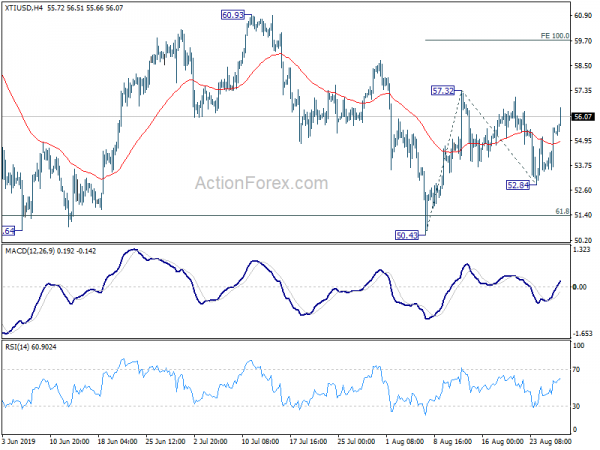
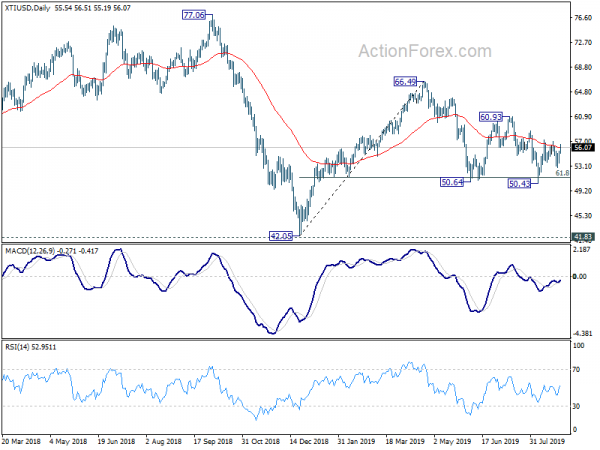
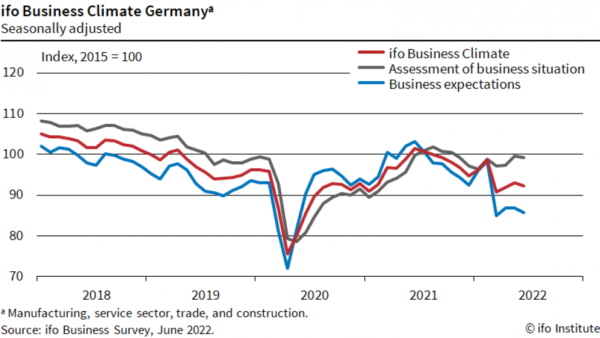
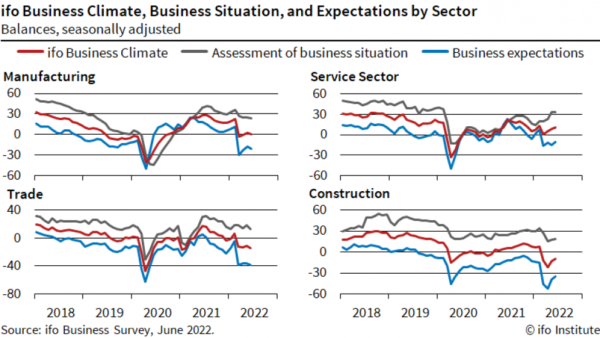

NASDAQ eyes 20k after Powell’s balanced risk remarks
US stocks soared overnight, with NASDAQ and S&P 500 both extending their record runs with gains exceeding 1%. Investors responded positively to Fed Chair Jerome Powell’s two-day semiannual testimony, even though forex markets remained relatively unchanged.
Powell refrained from hinting at the timing of Fed’s first rate cut but acknowledged that the risks to the economy are now more balanced. He emphasized that “elevated inflation is not the only risk,” reinforcing expectations that Fed would move quickly to ease policy if economic and job market conditions show significant signs of cooling.
Technically, near term outlook in NASDAQ will stay bullish as long as 18034.99 resistance turned support holds. Next target is 100% projection of 12543.85 to 16538.86 from 15222.77 at 19217.78.
Or, NASDAQ might be targeting long term target of 100% projection of 6631.42 to 16212.22 from 10088.82 at 19669.62. Or it’s actually targeting 20k psychological level.
In summary, if NASDAQ can stay above 18k mark, a rapid move to 20k could be on the horizon.